Photographs: Parivartan Sharma/Reuters BS Reporter in Chennai/Bengaluru
Household savings of an average employee in the metros has come down by 45 per cent in the last six years due to the exorbitant increase in the prices of essential commodities, fuel, education, burden on housing loan installment and increase in health insurance premia, an Assocham survey has revealed.
Majority of the respondents said that they have been falling behind financially and their standard of living has deteriorated.
The standard of living is one quarter less than it was in the year 2006, the survey titled 'If middle class people are suffering so much due to Inflation, what about poor and below poverty line citizens?' said.
. . .
Inflation hits 45% of household saving rates
The survey was conducted under the aegis of Assocham Social Development Foundation in which over 5,000 employees took part.
In the last six years, the salary of common man has gone up by 30 per cent but on the other side the discretionary spending has shrunk by 35 per cent.
The survey highlighted that the per capita income of an average Indian estimated about Rs 46,000 per annum in 2009-10 went up by Rs 8,000 in 2010-11, amounting to Rs 54,000 per annum.
The Assocham adds that the rise in inflation and per capita income was utterly disproportionate.
. . .
Inflation hits 45% of household saving rates
Image: A worker fills plastic containers with diesel at a fuel station.Photographs: Rupak De Chowdhuri/Reuters
The survey was conducted in a period of three months beginning January to March 2011 in major cities like Delhi (1st), Mumbai (2nd), Ahmedabad (3rd), Chandigarh (4th), Chennai (5th), Bengaluru (6th), Pune (7th), Kolkata (8th) and Dehra dun (9th) among others.
About 500 employees from the different sectors were covered by the survey from each city on an average.
Delhi ranks first in slowdown of household savings followed by Mumbai and Ahmedabad.
About 55 per cent of the survey respondents fall under the age bracket of 20-29 years, followed by 30-39 years (26 per cent), 40-49 years (16 per cent), 50-59 years (2 per cent) and 60-65 years.
. . .
Inflation hits 45% of household saving rates
The survey covered employees from 18 broad sectors, with the biggest number made up of employees from IT/ITeS sector (17 per cent).
After IT/ITeS sector, contribution of the survey respondents from financial services is 11 per cent.
Employees working in engineering and telecom sector contributed 9 per cent and 8 per cent respectively in the questionnaire.
About 6 per cent of the employees belonged from market research/KPO and media background each.
Management, FMCG and infrastructure sector employees share is 5 per cent each, in the total survey.
. . .
Inflation hits 45% of household saving rates
Image: People buy vegetables.Photographs: Amit Dave/Reuters
Respondents from power and real estate sector contributed 4 per cent each.
Employees from education and food& beverages sector provided a share of 3 per cent each.
Advertising, manufacturing and textiles employees offered a share of 2 per cent each in the survey results.
Nearly 58 per cent of the Bengaluru respondents said they have cut back on protein intake like eggs, have switched to a coarser rice that costs less, consume less cooking oil, uses lesser washing powder for utensils and for clothes and also stopped using the cosmetic things.
. . .
Inflation hits 45% of household saving rates
Despite these sacrifices, they are unable to save any money.
Releasing the findings of the survey, secretary general D S Rawat said, "In an average salary structure of Rs 40,000 per month, the amount available for discretionary spending is not more than Rs 17,000 as average employee shells out over Rs 6,000-8,000 on housing loan or rent, 5,000 loan on cars, two-wheelers, 7,000-10,000 on education cost and FMCG.
"The share of insurance premia, including health insurance is over Rs 3,000-5,000 each month as employees need to ensure themselves including their families as there is no social security net in it."
. . .
Inflation hits 45% of household saving rates
The upwardly spiraling inflation has pinched the middle class families across the country. Rising inflation has forced middle classes to curtail spending, with more than 40 per cent of the employees surveyed by Assocham saying they shell out Rs 4,000 to Rs 5,000 in honoring the office loan advance on various petty activities such as repair and renovation, on education, marriage in relation and such others.
However, 60 per cent of the respondents said their take home presently is not more than 35 per cent of their package and they are left with Rs 15,000 for spending on food, commuting costs, utilities, doctor and education bills, the survey said.
. . .
Inflation hits 45% of household saving rates
The majority of the metropolitans are slashing their spending, trying to save money and shopping at cheaper shops.
One in four said they are going to try to increase their income to try to stay financially afloat such as switching to a better-paying job, taking a second job or working overtime.
Rawat further added that the demand is also a factor of consumer sentiments, changes in real income after the impact of movement in price of goods and services may tighten expenses.
High inflation is putting lots of pressure on companies not just in terms of high input cost, but also with demands for higher salary hikes.
. . .
Inflation hits 45% of household saving rates
About 72 per cent of the respondents said that "the salary hike last year was not in sync with the cost of living which had risen almost 30-40 per cent. Right from vegetables to petrol prices to house rent, everything has gone up so much and savings reduced to half."
The survey also reveals that a major item of essential consumption whose price has increased is that of drugs and medicines, whose prices have risen 5 per cent which impacts the entire population, especially the bottom half of the population.

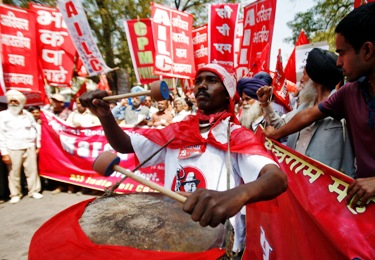

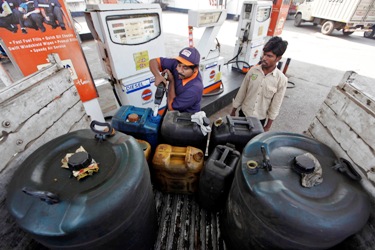
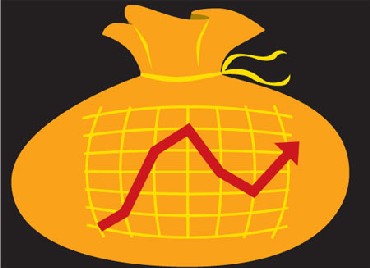
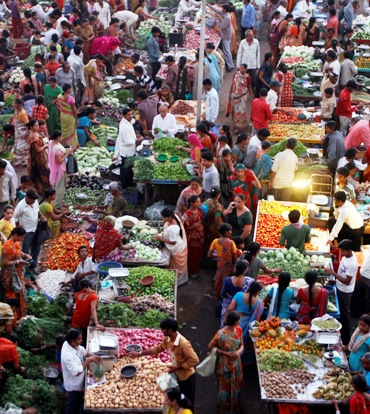
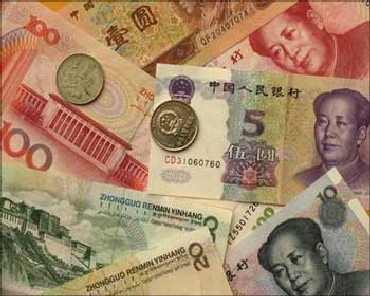
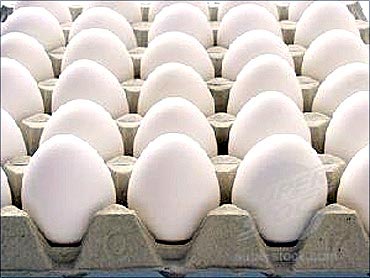
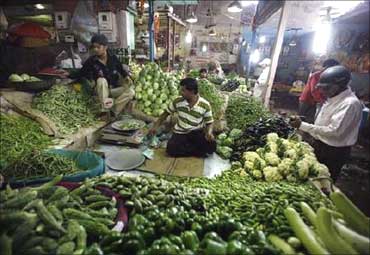


article